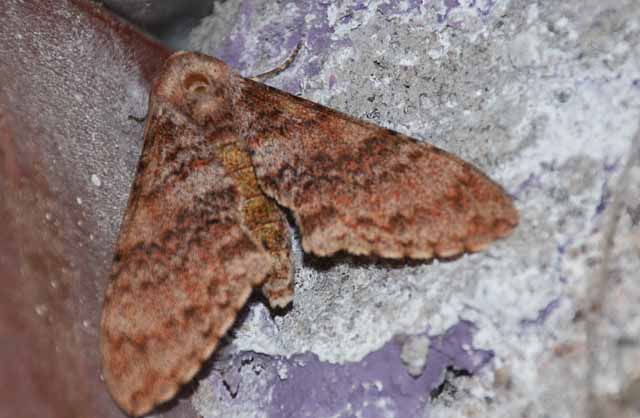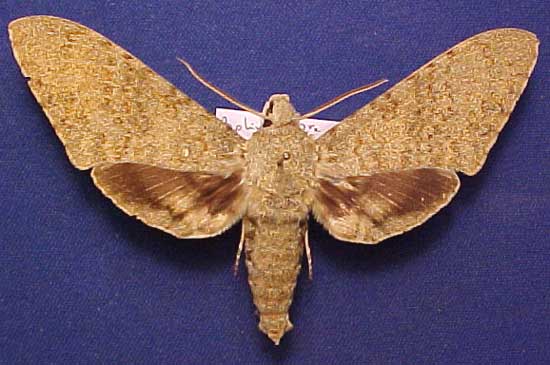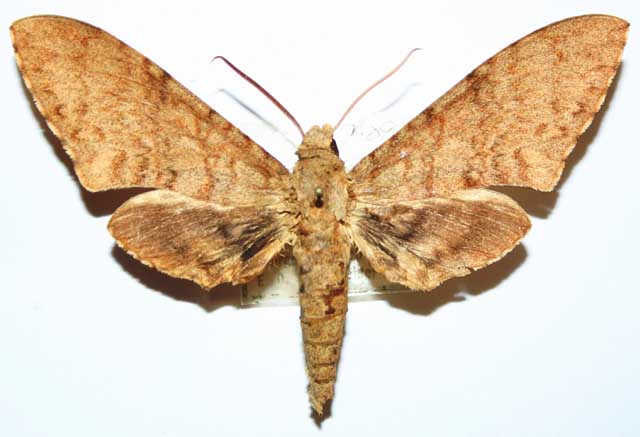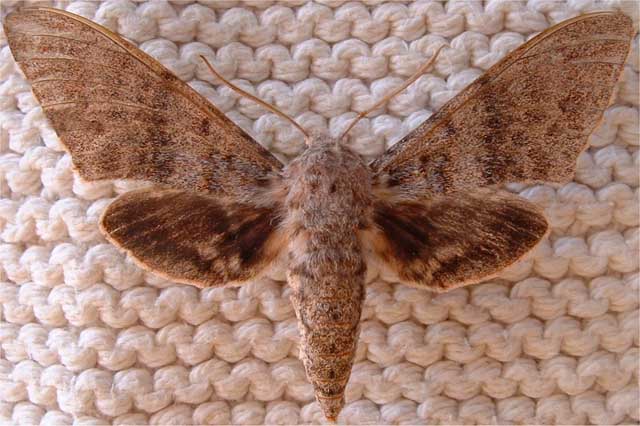
Manduca bergi, Alunailands, La Rioja, Argentina,
November 21, 2019, courtesy of Horacio de la Fuente.

Manduca bergi by John Vriesi.
This site has been created by Bill Oehlke.
Comments, suggestions and/or additional information are welcomed by Bill.
TAXONOMY:
Family: Sphingidae, Latreille, 1802 |

